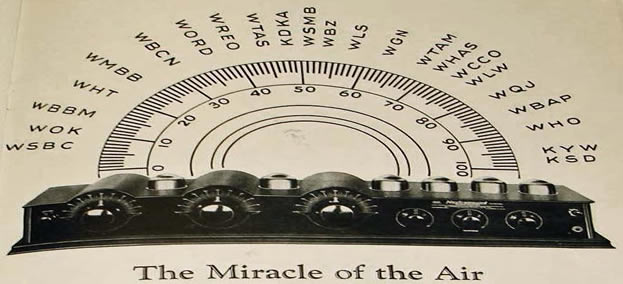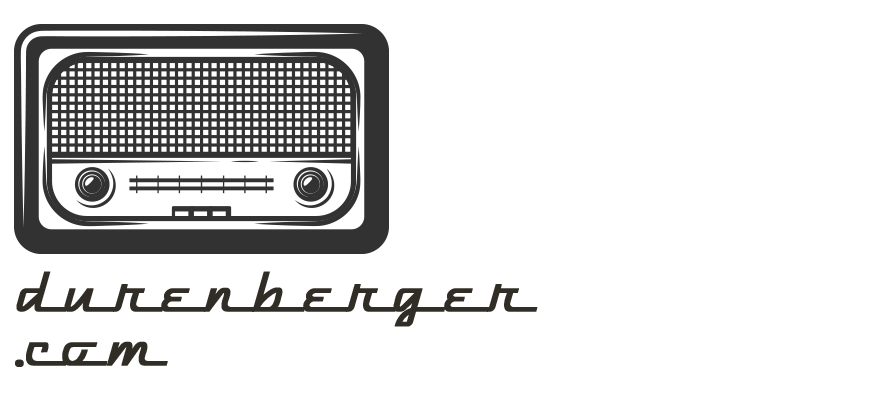DEVELOPMENT OF THE AM BROADCAST BAND

Few could have foreseen the appetite for radio frequencies during the 1920s. Early on, the Commerce Department made operating assignments; often ignored if inconvenient.
Much of the early dial confusion and interference was exacerbated by the lack of frequency-stability (as tubes warmed up, stations ‘wandered’), and in some cases it was the Libertarian desire to move one’s station to a “clear spot on the dial” rather than stay on its assigned wavelength. Poor radio design played its part early on; the radios themselves; particular those known as “squealers” had to be replaced en masse.
Many of the earliest stations were clustered together in two or three wavelengths according to their so-called “purpose” and they had to share the day’s operating hours. Time-sharing was an ill-fated attempt to reduce congestion when markets had fewer available frequencies than it had government-allocated stations. Time-sharing worked for a short while, but as stations grew successful they clamored for full-time individual assignments.
The massive media mess finally resulted in Federal legislation with the formation of the Federal Radio Commission in 1927. After the Commission’s massive reordering, many stations still had to move two or three times before finally settling in. It was chaos at some level during the entire decade of the 1920s and the incessant changes cost broadcasters a lot of money.
Many of the earliest documents below deal with channel assignments in wavelengths rather than frequencies; you’ll find wavelength-conversion tables below. Related stories will be found in the accompanying pages “Early Radio Regulations” and “Early Radio Technology.”
Enjoy the information!
This material is provided for use by Educators and Researchers. No copyrights or usage rights are implied or granted.
